Back in May, Florida’s Republican Gov. Ron DeSantis signed a new energy policy bill that went to great lengths to delete mentions of climate change from state laws, ignoring scientific reports that the state was endangered by rising seas and record temperatures,
At the time, CNN wrote:
The wide-ranging law makes several changes to the state’s energy policy – in some cases deleting entire sections of state law that talk about the importance of cutting planet-warming pollution. The bill would also give preferential treatment to natural gas and ban offshore wind energy, even though there are no wind farms planned off Florida’s coast.
The bill deletes the phrase ‘climate’ eight times – often in reference to reducing the impacts of global climate change through its energy policy or directing state agencies to buy ‘climate friendly’ products when they are cost-effective and available. The bill also gets rid of a requirement that state-purchased vehicles should be fuel efficient.
“Florida rejects the designs of the left to weaken our energy grid, pursue a radical climate agenda, and promote foreign adversaries,” DeSantis said in a post on X, posting a graphic that said the law would protect the state from “green zealots.”
“What Florida is really doing is saying we’re going to deemphasize any policies that would help mitigate climate change,” said Emily Hammond, a professor of law at George Washington University.
But that law couldn’t prevent Miami TV meteorologist John Morales from mentioning the two words that Florida Republicans desperately want to avoid mentioning— “climate change.”
On Monday, Morales struggled to fight back tears as he reported that Hurricane Milton had intensified to a Category 5 storm as it moved across the Gulf of Mexico to a predicted landfall on Wednesday near Tampa as at least a major Category 3 hurricane.
“It’s just an incredible, incredible, incredible hurricane,” an emotional Morales said on NBC Miam. “It has dropped 50 millibars in 10 hours,” referring to the storm’s catastrophic drop in pressure.. “I apologize. This is just — horrific.”
And then Morales went on to say:
”Maximal sustained winds are 160 miles per hour and It is just gaining strength in the Gulf of Mexico, where you can imagine the seas are just so incredibly, incredibly hot. Record hot, as you might imagine. You know what’s driving that. I don’t need to tell you — global warming, climate change leading to this and becoming an increasing threat including the Yucatan.”
A post on X, formerly Twitter, by NBC 6 South Florida anchor Chris Hush — with a video of Morales’ report — went viral with at least 3.8 million views by Tuesday afternoon.
Morales underscored his point about how climate change is driving the extreme weather wreaking havoc on Florida by sharing Hush's post and then adding his own comment with a link to an article he wrote for the Bulletin of the Atomic Scientists titled: Hurricane Helene isn’t an outlier. It’s a harbinger of the future.
Morales wrote:
“I did apologize on the air. But I invite you to read my introspection on @BulletinAtomic of how extreme weather driven by global warming has changed me. Frankly, YOU should be shaken too, and demand #ClimateActionNow.”
I debated whether to share this. I did apologize on the air. But I invite you to read my introspection on @BulletinAtomic of how extreme weather 📈 driven by global warming has changed me. Frankly, YOU should be shaken too, and demand #ClimateActionNow. https://t.co/09vxgabSmX https://t.co/GzQbDglsBG
— John Morales (@JohnMoralesTV) October 7, 2024
It turned out that the future is now with Hurricane Milton barreling across the Gulf towards Florida with storm surges and wind speeds that threaten to kill or injure many people and cause billions in damage.
Morales has distinguished himself among TV meteorologists because he has been sounding the alarm about the link between climate change and severe weather on air for years.
He graduated from Cornell University with a degree in atmospheric sciences in 1984, and later worked as a forecaster for the National Weather Service in Puerto RIco, where he grew up, according to a 2018 profile in Huffpost.
In 1991, he joined Univision’s Miami affiliate WLTV, becoming the degreed meteorologist to regularly appear on Spanish-language television in the U.S. After a stint at Telemundo’s Miami affiliate, Morales moved over to English-language television in 2009 when he joined WTVJ’s NBC-6, where he has remained since. Morales, who has won three Emmy Awards for his hurricane coverage, is also a fellow of the American Meteorological Society.
Morales became more widely known in September 2017 when he was attending a national weather conference in California. It was the night before Hurricane Maria was expected to make landfall in Puerto Rico, and Morales stepped aside in the ballroom, raised his iPhone and started broadcasting live on Facebook.
The title of his Facebook video was a plea for attention: ″Importante mensaje para Puerto Rico. Cero ciencia.” ( Important message for Puerto Rico. Zero science).
In the six-minute broadcast, Morales begged viewers to leave the coastal areas of Puerto Rico and seek higher ground. He described how the wind howls and buzzes in a Category 4 or 5 storm, the likes of which the Caribbean island hadn’t seen in a generation ― but it was something Morales could recall from when Hurricane Andrew made landfall in Florida in 1992. “I want you to be able to prepare your families,” he said, tears welling in his eyes. “I love you all.”
“I knew what they were about to see, nobody had ever lived through,” Morales reflected nine months later. “That’s what I was trying to get them prepared for.”
The hurricane devastated the Caribbean island nation, taking the lives of about 3,000 people.
And on Sept. 30, just days before Milton formed into a hurricane, Morales wrote about Hurricane Helene and how his warnings were received in the Bulletin of the Atomic Scientists.
He wrote:
Even before being named a tropical storm, I knew that what would become Mean Helene was set on a mission to be yet another multibillion-dollar disaster. I knew that it would undergo rapid intensification and become a catastrophic hurricane. And I knew that a calamitous rainfall event would unfold in the Southeast many hours after landfall.
So, I did what I’ve done during my entire 40 year career—I tried to warn people. Except that the warning was not well received by everyone. A person accused me of being a “climate militant,” a suggestion that I’m embellishing extreme weather threats to drive an agenda. Another simply said that my predictions were “an exaggeration.”
But it wasn’t an exaggeration.
The storm surge from Helene was widespread and up to 15 feet (4.5 meters) deep. The windstorm sliced through the Southeast with gusts up to 100 miles per hour (160 km/hr). And the rains were, as I predicted, “biblical.”
Morales then gave a detailed scientific analysis of how Helene became a major hurricane with two rapid intensification cycles in which the maximum sustained windspeeds increased by at least 35 miles per hour in a span of a day. Helene was the second major hurricane (Category 3 or higher) of the 2024 season. Hurricane Beryl was the first — and since he wrote the piece Milton became the third.
Morales described the “apocalyptic scenes” that resulted from the extreme flooding caused by Helene, which he said have long-term implications — more pressure on the Federal Emergency Management Agency and state relief agencies and a burgeoning insurance crisis.
He added:
The hurricanes of the early 21st century are not like the ones of the 20th century.
Warming oceans are fueling stronger tropical cyclones—the costliest weather disasters in the United States. Helene’s intensity took off while passing over waters that were over 3 degrees Fahrenheit hotter than historical averages, a condition made 600 times more likely by climate change, according to Climate Central’s CSI Ocean index. Since 2017, eight Category 4 and 5 hurricanes have struck U.S. soil—as many Cat 4 & 5 landfalls as occurred in the previous 57 years.
And he added that this concerning trend is also reflected by an increase in tropical cyclone intensification rates in the Atlantic Basin and is projected to increase globally as well.
Morales concluded that conditions are so alarming that he can no longer report on extreme weather events as he did before.
For decades I had felt in control. Not in control of the weather, of course. But in control of the message that, if my audience was prepared and well informed, I could confidently guide them through any weather threat, and we’d all make it through safely. Today as a result of so many compounding climate-driven factors, the warming world has forcibly shifted my manner from calm concern to agitated dismay.
Now I look at storms differently. And I communicate differently. I don’t need to be told “you’ve changed” to know that I’m not the same. Perhaps those who have known me as the just-the-facts non-alarmist meteorologist can’t get used to the new me. That’s why they bicker and accuse me over overhyping emerging weather threats.
But no one can hide from the truth. Extreme weather events, including hurricanes, are becoming more extreme. I must communicate the growing threats from the climate crisis come hell or high water—pun intended.
But Donald Trump, DeSantis and their fellow climate change-denying Republicans continue to believe they can hide from the truth even when surrounded by the mass destruction from major hurricanes.
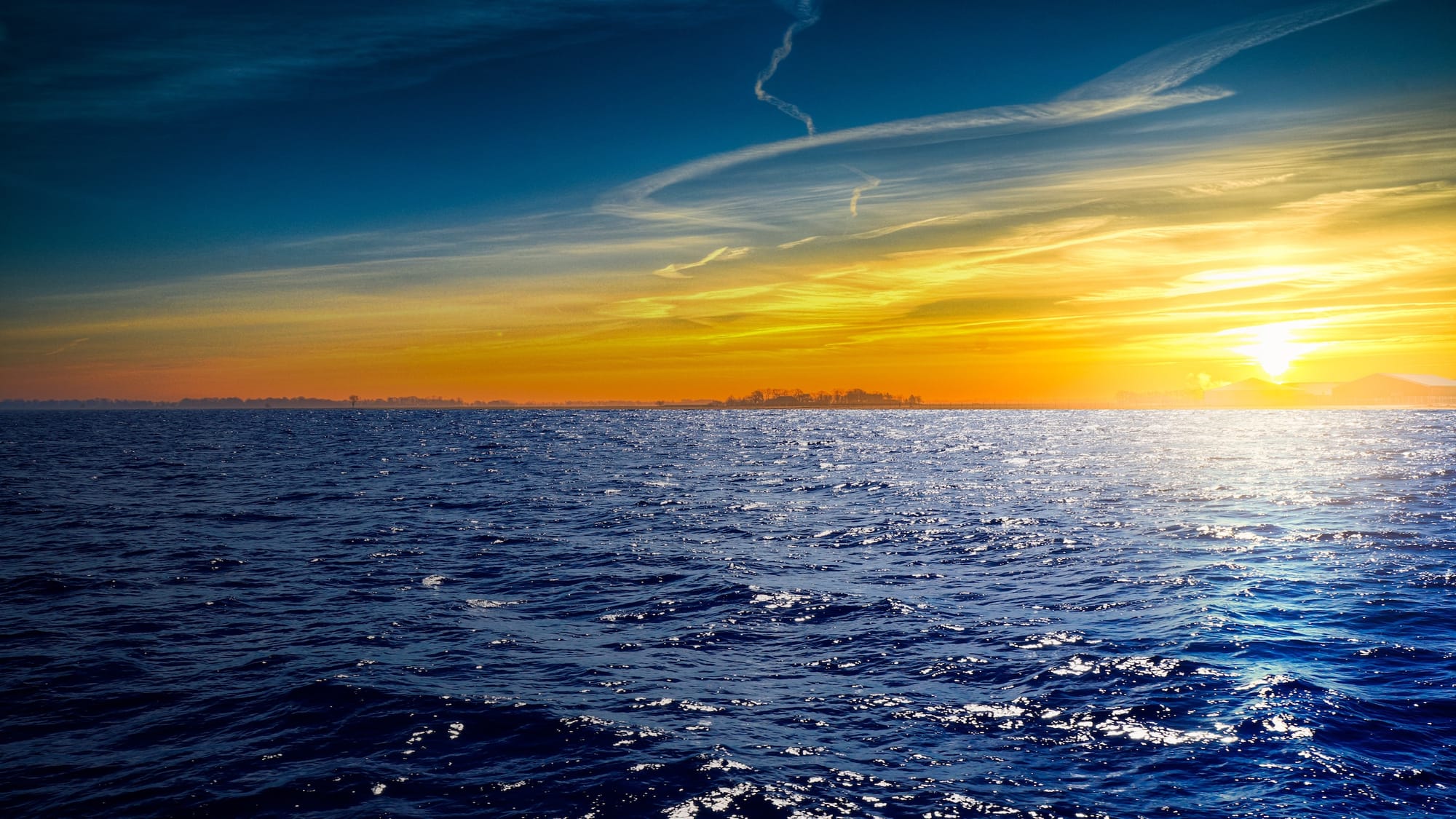
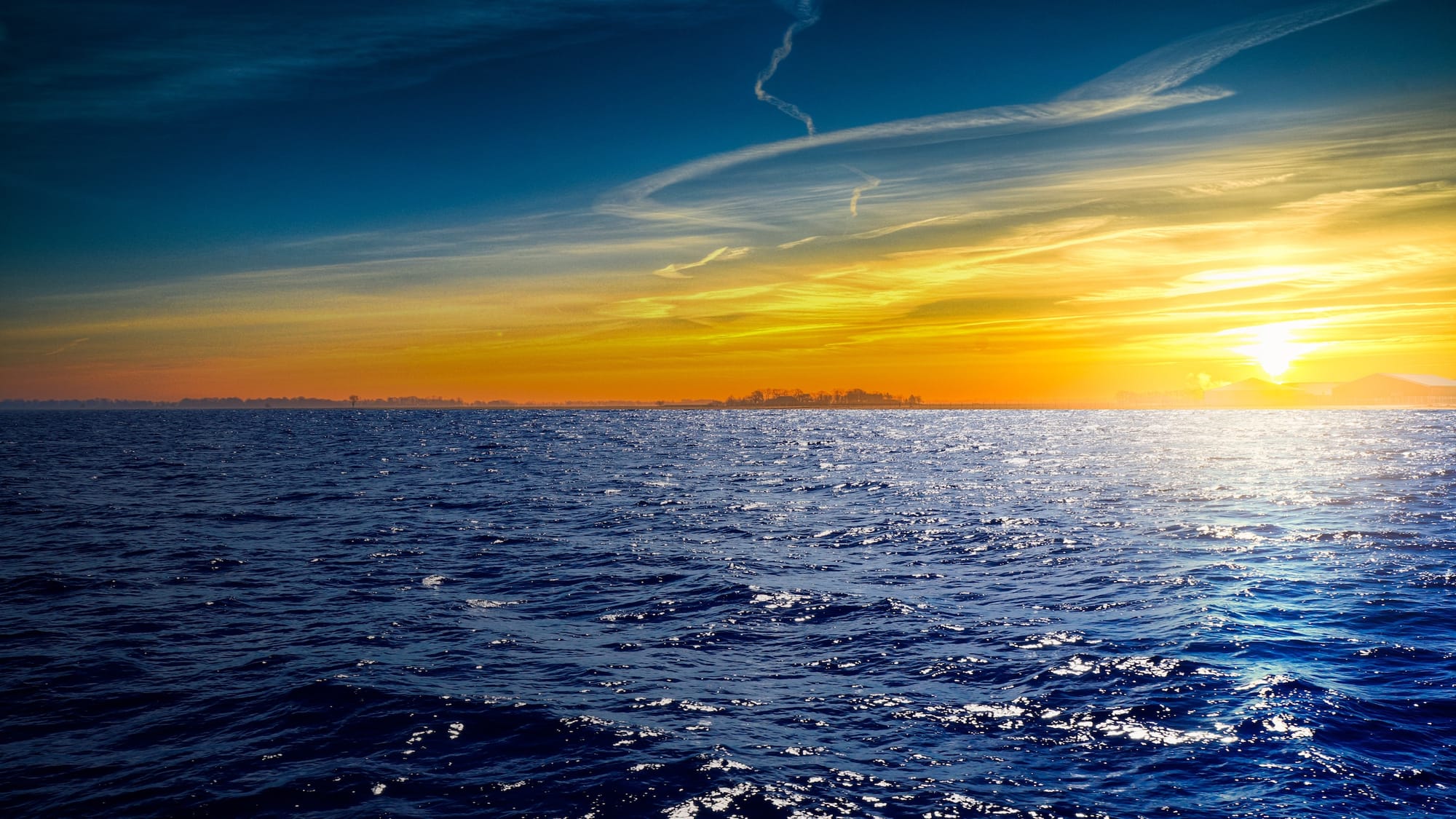
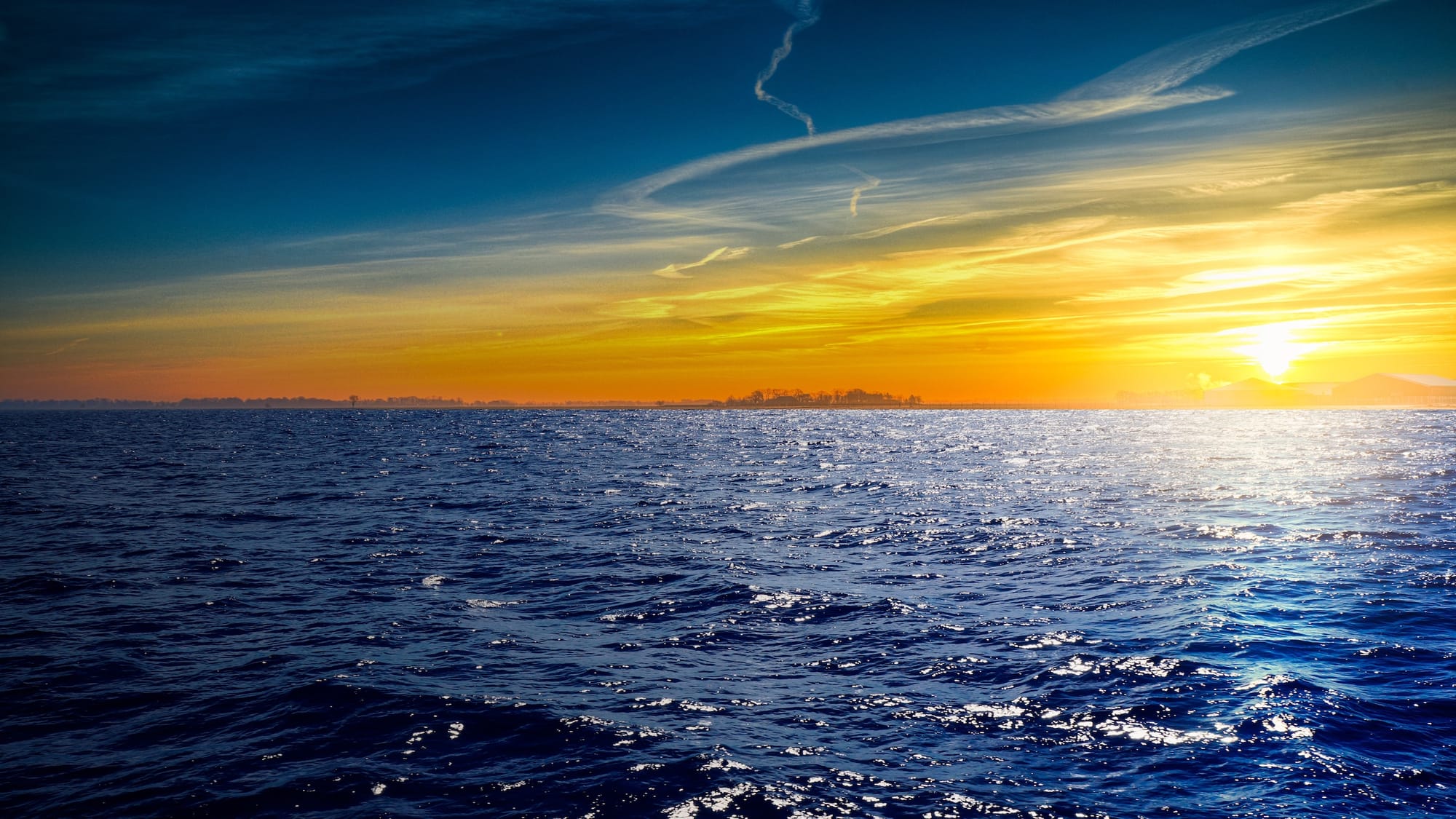
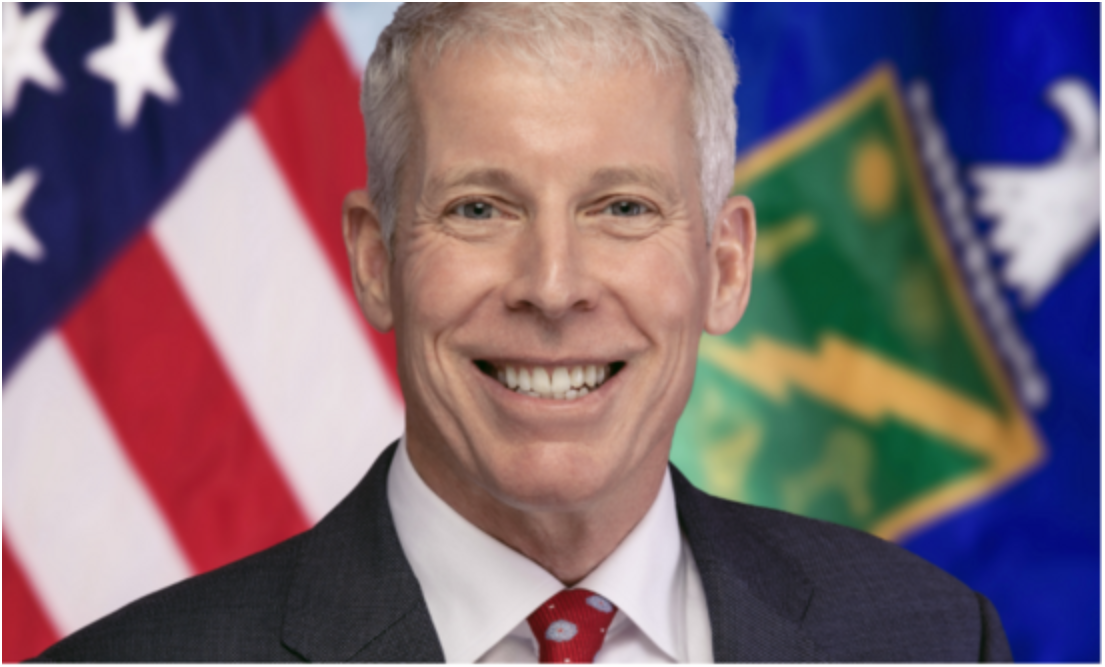


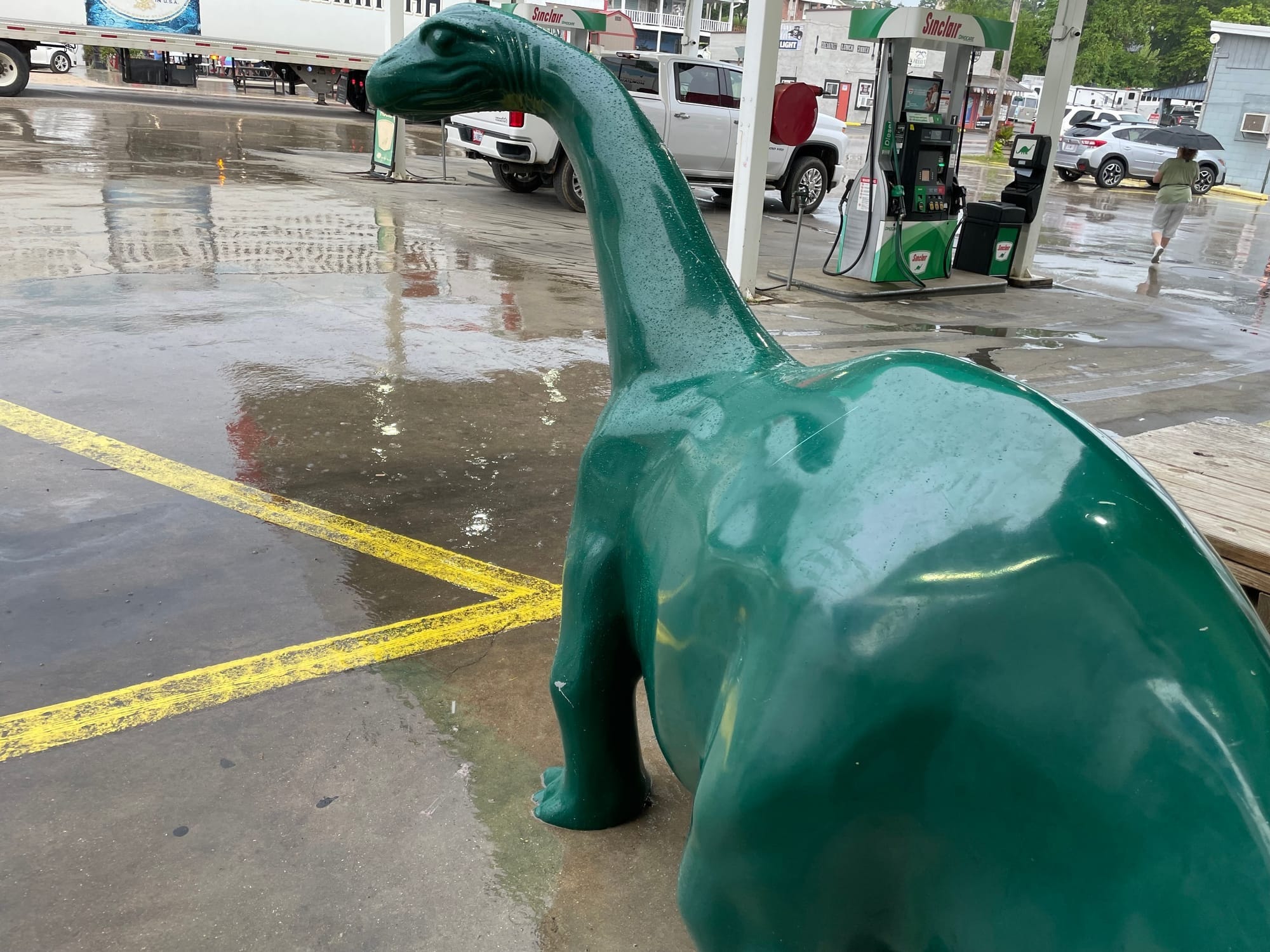




Comments
We want Uncharted Blue to be a welcoming and progressive space.
Before commenting, make sure you've read our Community Guidelines.